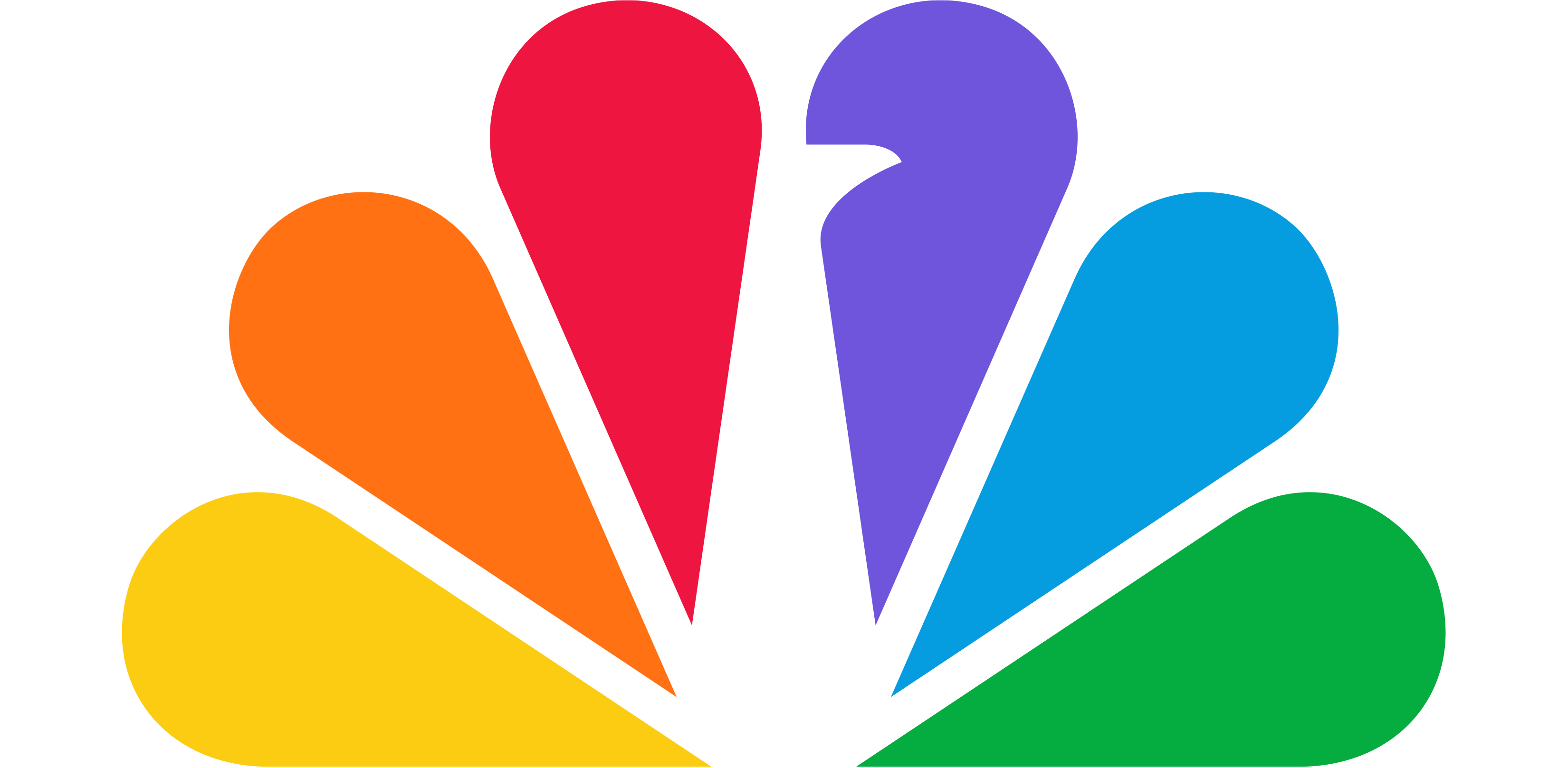You may find yourself juggling a lot financially in your 30s, like purchasing a home, switching jobs, and even having children.
“The greatest thing is to have options, and when you establish a good [financial] plan in your 30s and work that plan, it allows you to build those options for your 40s,” says Leslie Thompson, a chartered financial analystand the founder of Spectrum Management in Indianapolis.
Here are four money moves you can make in your 30s that experts say can leave you wealthier in your 40s.
1. Update your emergency fund
Financial planners suggest you aim to build an emergency fund that can cover three to six months’ worth of living expenses. You may have started this effort in your 20s, but in your 30s, it’s time to revisit your savings goal. As your expenses increase, so should your emergency fund.
While you’re evaluating your emergency fund, reconsider where you’re keeping it. Experts recommend putting money for a rainy day in a savings account, or another easily accessible account.
More from Grow:
Why you should always keep a $100 bill in your wallet3 items that can be a better value to rent, not buy4 side hustles you can do from anywhere (that pay up to $85 per hour)
Look for accounts offering high-interest yields, but note that savings account interest rates can vary widely: The national average is 0.09%, according to SmartAsset, but some high-yield savings accounts offer as much as 2.55%, according to Bankrate.
2. Prepare to buy a home
A home is the biggest purchase most people will ever make, so it’s good to start planning early. First steps: monitoring your credit score and saving for a down payment.
“The higher your [credit] score, the lower your interest rate will likely be” on your mortgage, says Thompson. Aim for a score of 760 and above to get the best interest rate on a 30-year fixed loan, which could save you thousands in interest over the lifetime of your loan. Improving your score takes time, but moves like paying bills on time and keeping balances low can help.
Then set a savings goal for your down payment. Experts typically recommend aiming for 20%, although the median is 7.6% — and you may qualify for certain mortgages that let you put down as little as 3%, or nothing. To prepare for the purchase, set up automatic saving contributions. “Saving up for a down payment can make your mortgage more manageable, and perhaps allow you to buy a more expensive home,” she says.
3. Get—and stay—on track for retirement
Having a solid foundation for retirement is “the single best move” you can make, says Stephen O’Hara, a certified financial planner and vice president of Wealth Enhancement Group based in Minneapolis, Minnesota. He says the best way to get ahead on retirement savings is by maximizing your employer 401(k) match, ifyou have a job thatoffers one.
By the time you’re 30, Fidelity recommends having a retirement fund that’s equal to your starting salary. By age 35, your retirement savings should be twice your annual salary. While that benchmark is just a guideline, it can help you gauge if you should be boosting your contributions. In general, a good retirement contribution target is 15% of your annual salary.
The difference annual increases can make
Automatically adding 1% to your 401(k) contribution each year can make a big difference by the time you retire.

If you don’t have a workplace retirement account, you can explore different options like opening an IRA, says O’Hara. “Each time you experience a pay raise, try to raise what you’re putting away [for retirement],” he says. If you can’t put in 15% of your annual salary initially, then try increasing your contribution by 1%-2% every year until you get there.
4. Balance your long-term financial goals
Your 30s can be full of big financial changes, so you’ll want to be mindful of how you spend and save money, says Thompson. The first thing you should do is look at your big-picture goals,and pick three to focus on.
Let’s say you want to buy a home, take an international trip with the whole family, and chip away at student debt. Start by calculating the amount you need to put aside each month in order to achieve each goal by a target date. Then look at your bills, says O’Hara. By taking a hard look at your expenses, you can figure out where you’re overspending, and what areas, like dining out or entertainment, you may need to cut back on in order to stay on track to meet your goals.
“If you want to take a 10-day trip to Greece, you’re going to start looking at your happy hour bills and go, ‘This is not in alignment with meeting that goal,’” says O’Hara.
Though many people have a tendency to tackle financial goals one at a time, it makes sense to work on a few at once. “It all starts with putting those first dollars away,” and letting those savings habits build on each other, he says.
This article was first published on CNBC https://www.cnbc.com/2020/02/10/do-these-4-things-with-your-money-in-your-30s-to-be-richer-in-40s-finance-experts.html and is republished with its permission.

